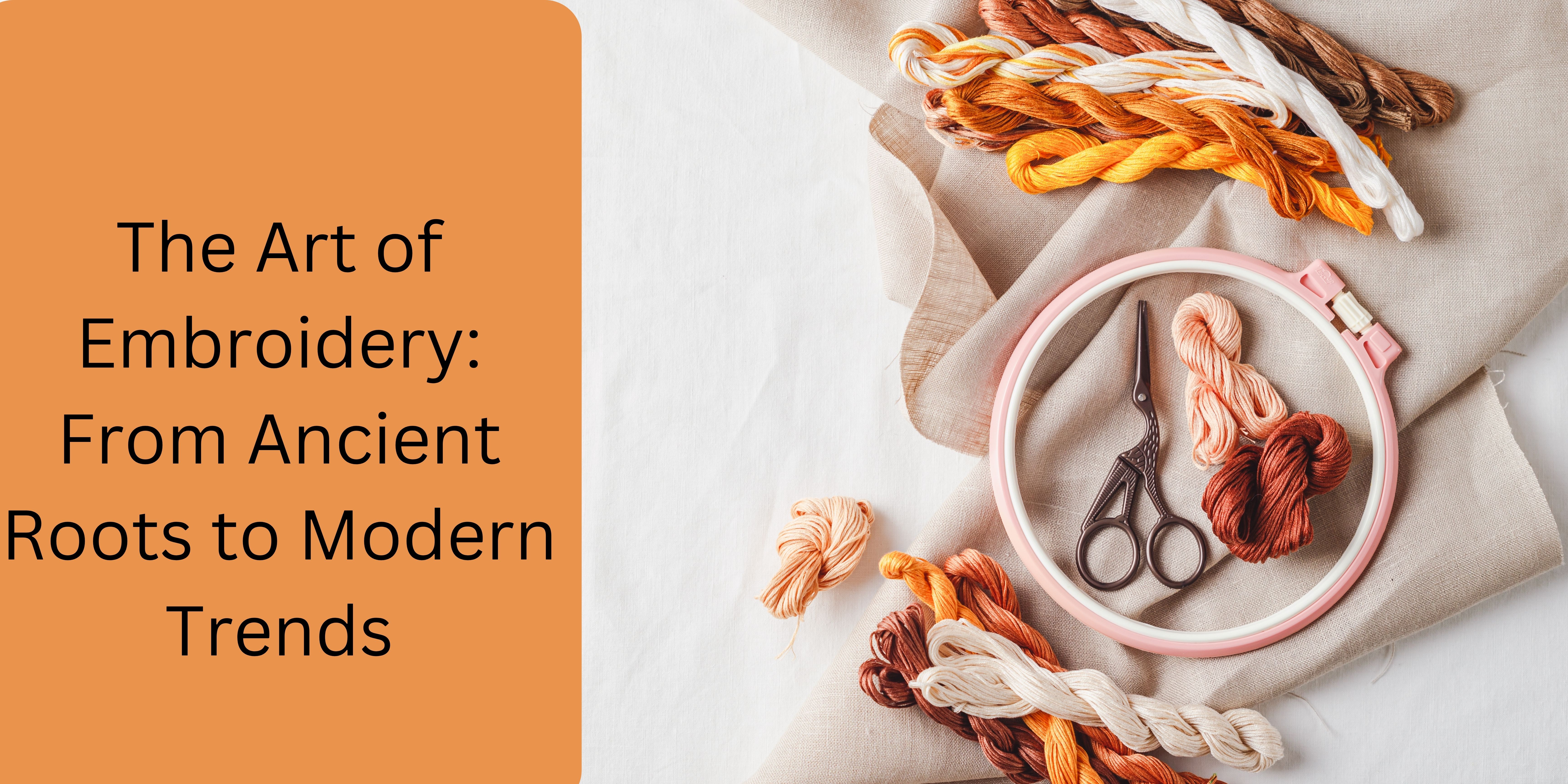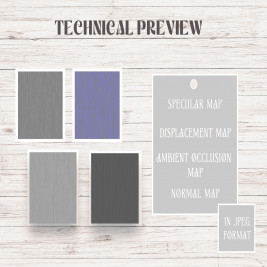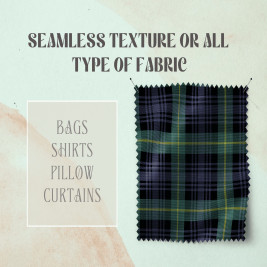Modes of Fabric Painting Design
Fabric painting can be done in various ways, each offering a distinct style and finish. Here are some popular methods:
-
- Fingerprinting: Use your fingers to create simple and organic designs.
- Block Printing: Carve a design into a block (wood, linoleum, etc.) and use it to stamp patterns onto fabric.
- Vegetable Printing: Cut vegetables (e.g., potatoes) into shapes and use them as stamps.
- Dry Shading: Apply paint in layers to create gradients and depth without using water.
- Wet Shading: Similar to dry shading but with water added to create softer transitions.
- Wet Printing: Apply paint to wet fabric for a watercolor effect.
- Warli: A traditional Indian art form using simple geometric shapes to create intricate designs.
- Madhubani: A folk painting style from India, known for its vibrant colors and intricate patterns.
- Dot and Line: Create patterns using dots and lines for a minimalistic or detailed design.
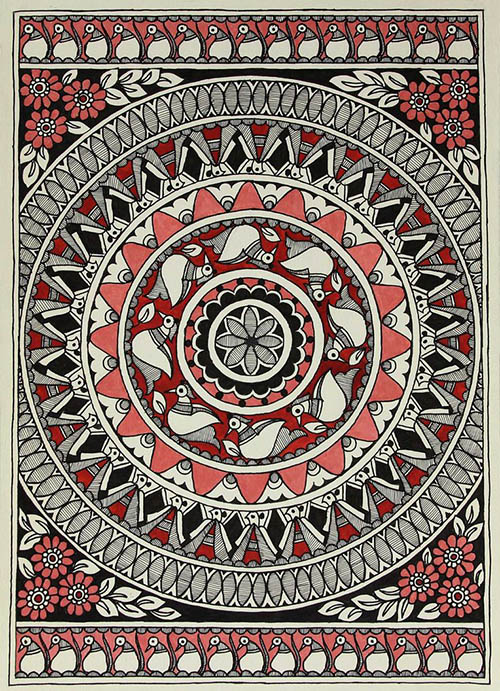
Ingredients You'll Need
To get started with fabric painting, gather the following materials:
- Fabric Colour Paint: Fabric-specific paints that are durable and washable.
- Paint Brushes: A variety of brushes for different effects and details.
- Water: For mixing and thinning paints.
- Colour Mixing Bowl: To mix paints and water.
- Designing Fabric: The fabric you'll be painting on (cotton, silk, linen, etc.).
- Colour Palette: For mixing and holding your paints.
- Dusting Cloth: To clean brushes or remove excess paint.

Steps to Paint Design Fabric
1. Slender Your Fabric Paint
Begin by diluting your fabric paint with water. The ratio should be approximately 1 part water to 8 parts paint. This helps the paint to flow better on the fabric and makes it easier to work with.
2. Prepare the Fabric
Soak your fabric in clean water, making it damp before you begin painting. This helps the paint to spread evenly and adhere to the fabric. If the fabric is dusty or dirty, wash it lightly first.
3. Fabric Dyeing (Optional)
If you plan to dye the fabric before painting, fill a large vessel with dye and immerse the fabric. Stir the fabric gently with a stick to ensure even coverage. Once dyed, let it dry completely before moving on to painting.
4. Fabric Placing
Lay the dried fabric flat on a clean, smooth surface. Place a sheet of paper or protective material underneath to prevent paint from seeping through to your work surface.
5. Start Painting
Use a soft brush to apply the paint to your fabric. Whether you're following a pattern or freehanding a design, work carefully to ensure even coverage. Once finished, allow the paint to dry completely—this typically takes at least 24 hours.
6. Heat Setting
To ensure that your design is durable and washable, heat set the fabric. This can be done by ironing the painted area for 3-5 minutes on a medium to hot setting. Be sure to use a pressing cloth or piece of paper between the iron and the fabric to avoid any damage.
7. Washing the Fabric
After heat setting, wait at least 48 hours before washing your fabric. Use gentle washing methods to preserve your design. Once washed and dried, your fabric painting is complete and ready to be used or displayed!


.jpg)
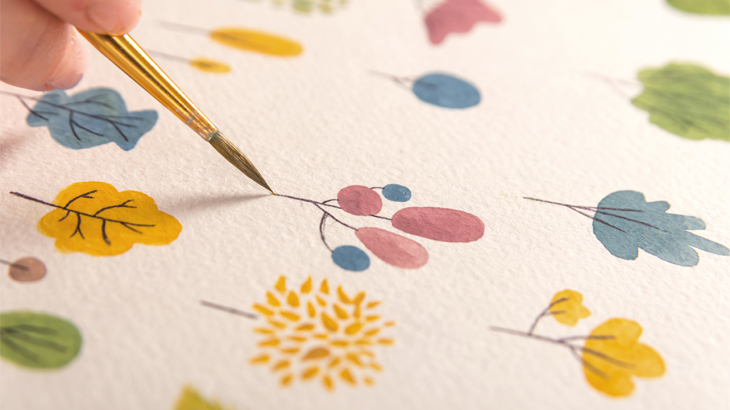
.jpg)

